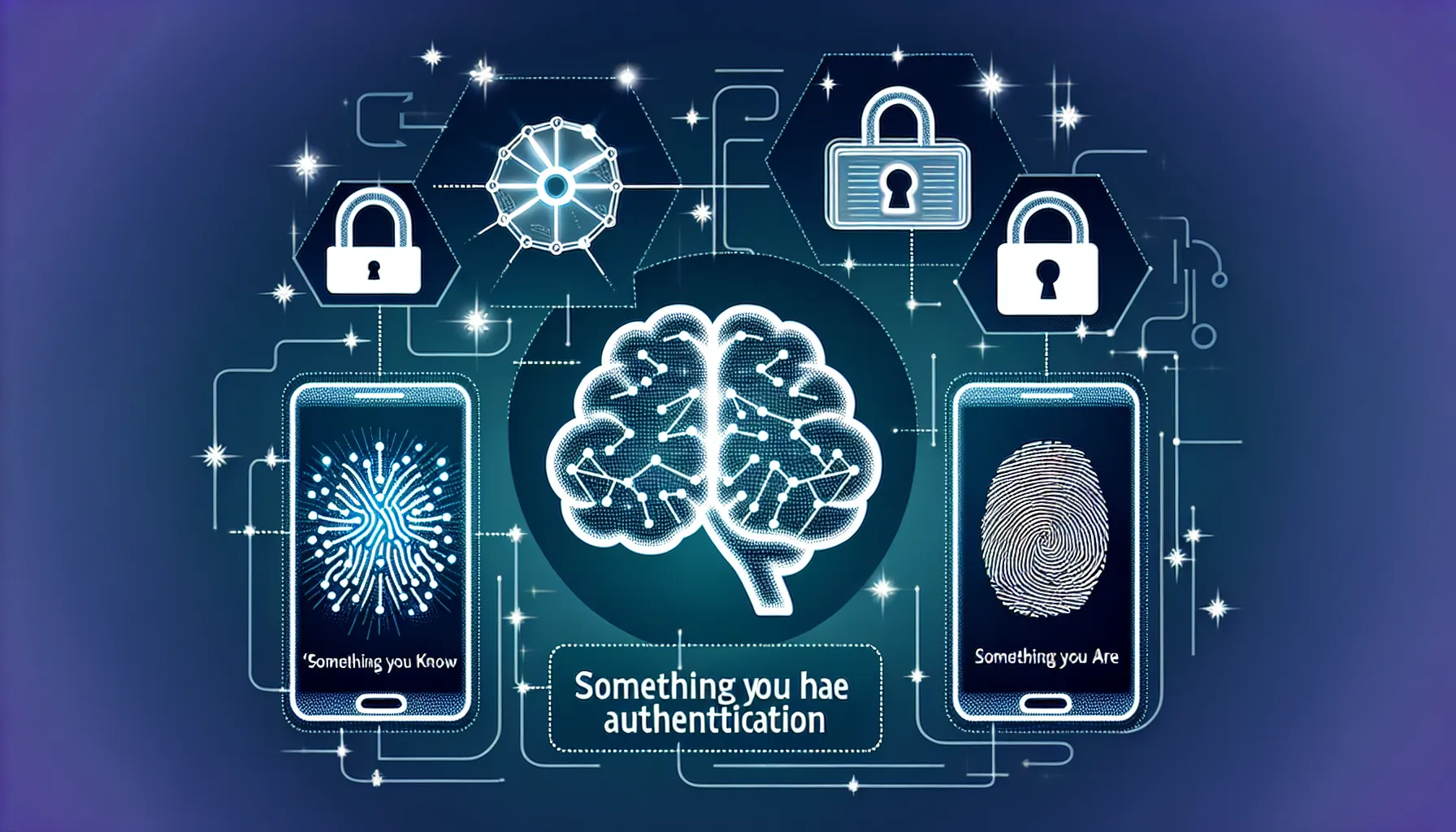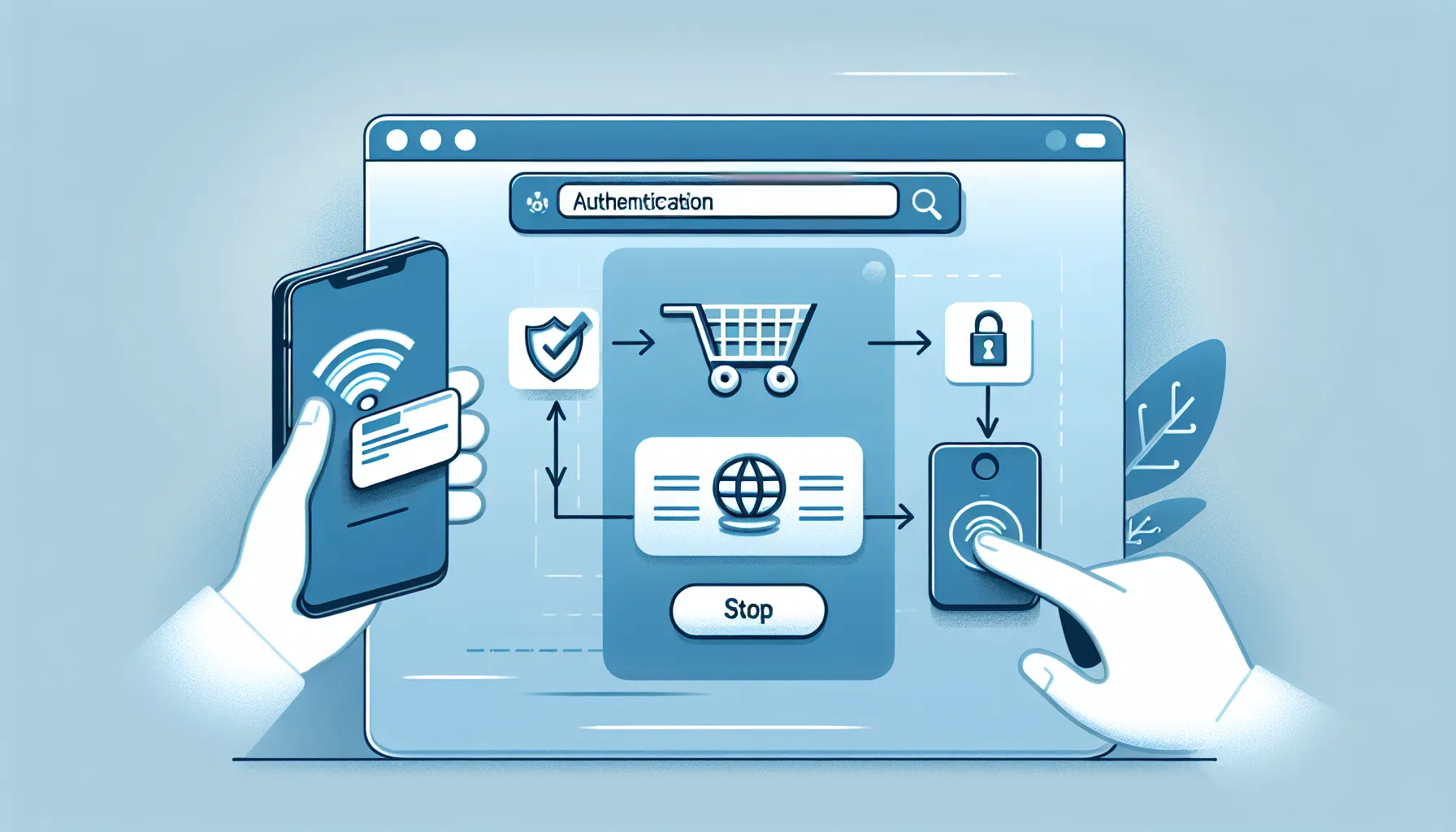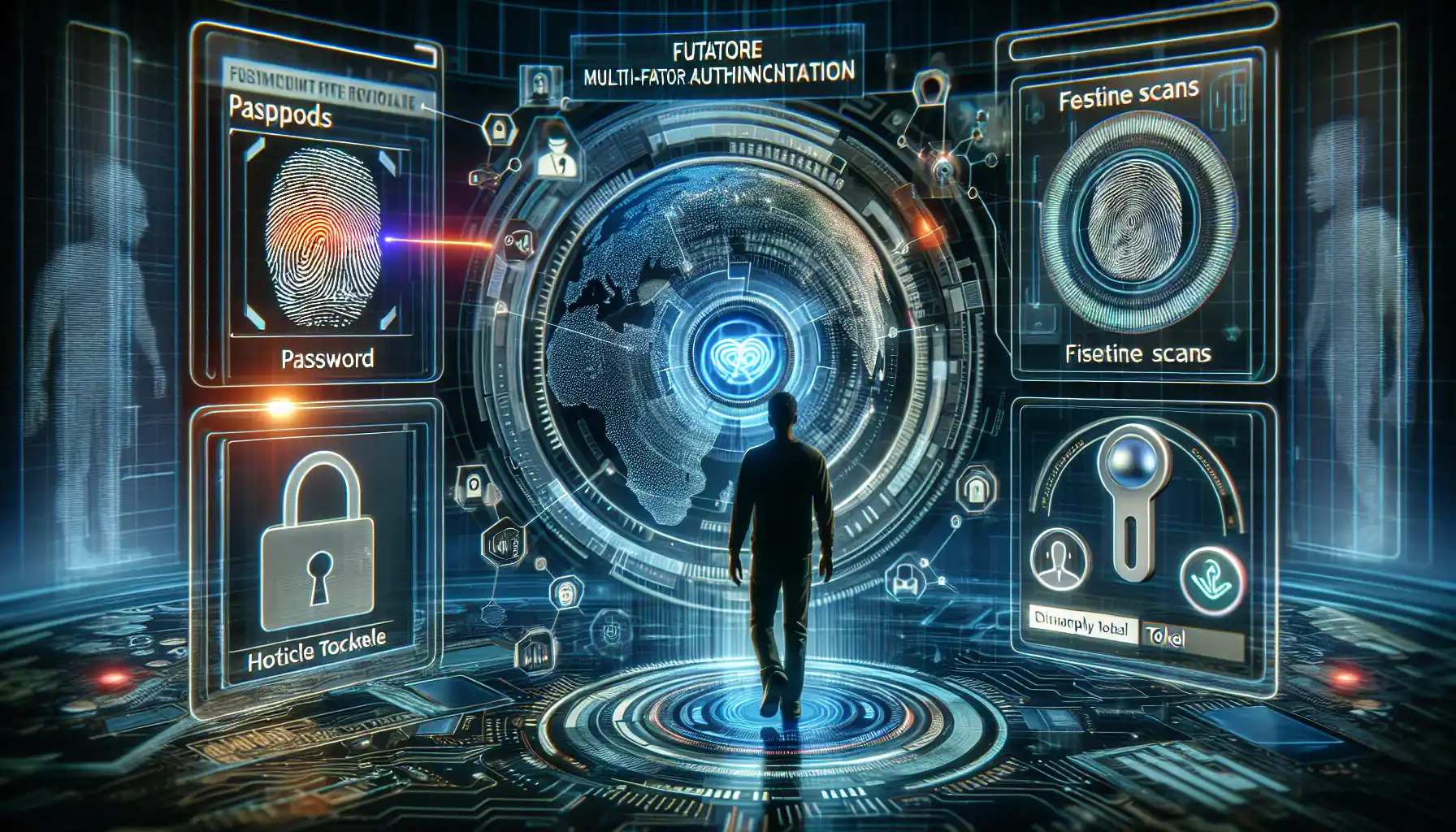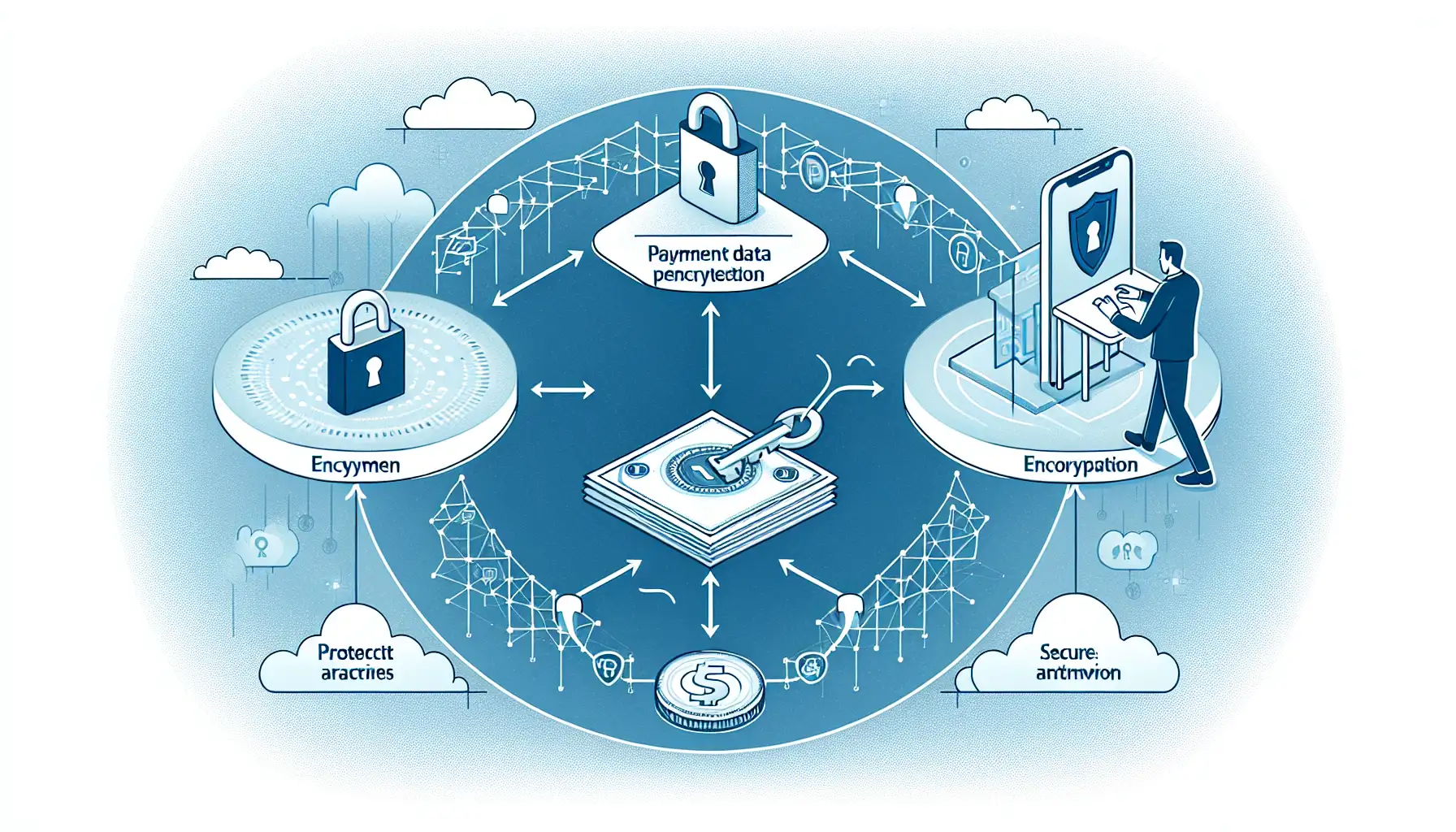Effective Multi-Factor Authentication Strategies for Safe Online Shopping
Understanding the Importance of Multi-Factor Authentication in Online Shopping
Why Multi-Factor Authentication is Your Online Shopping Bodyguard
Picture this: you're browsing for the perfect pair of shoes or that dream gadget you've been eyeing for months. You find it, click "Buy Now," and feel the rush of excitement as your order processes. But wait—are you sure your account is locked tighter than a treasure chest? This is where Multi-Factor Authentication (MFA) swoops in like a superhero to save the day. With cyber threats lurking around every digital corner, relying on just a password is like locking your front door but leaving the windows wide open. Hackers are clever, but MFA makes their job infinitely harder by adding layers of security. It’s like having not one, but three secret keys to protect your treasure.- Something you know: A password or PIN.
- Something you have: A smartphone, security token, or email code.
- Something you are: Biometric authentication like fingerprints or facial recognition.
Key Components of a Strong Multi-Factor Authentication Strategy

Layering Up Your Digital Defenses
Shopping online should feel as warm and fuzzy as wrapping up in your favorite cozy blanket. But without the right precautions, it’s more like leaving your front door wide open during a storm. That’s where a strong multi-factor authentication (MFA) strategy steps in, adding extra layers of protection to your accounts. Imagine this: you’re logging into your favorite shopping app. The first layer of defense? Your trusty password. But passwords alone can be as fragile as a sandcastle against a rising tide. So, enter the second line of defense—MFA. This could be a quick code sent to your phone or even a fingerprint scan. It’s like having both a lock and an alarm system for your online identity. Here are some essential elements that turn MFA into your digital bodyguard:- Time-sensitive codes: These self-destruct after a few minutes, keeping hackers at bay.
- Biometric verification: Because no one else has your exact fingerprint or face.
- Authentication apps: Tools like Google Authenticator create unique, ever-changing codes just for you.
Best Practices for Implementing Multi-Factor Authentication for E-Commerce

Building Trust Through Seamless Security
Imagine this: you’re shopping online for that perfect pair of shoes, or maybe it’s a last-minute gift. You find it, click “buy,” and boom—a simple text message lands on your phone, asking you to confirm the purchase. That’s multi-factor authentication (MFA) in action, and it’s like having a bouncer guarding your digital wallet. To implement MFA effectively, it’s not just about slapping on extra steps; it’s about crafting a user-friendly experience. Here are some practical tips to keep both your customers and their data safe:- Offer options like SMS codes, authenticator apps, or biometrics. Flexibility means users can choose what works best for them.
- Make the process intuitive—nobody wants to feel like they’re solving a riddle just to check out!
Reducing Friction Without Sacrificing Safety
Here’s the challenge: how do you secure transactions without turning shoppers into frustrated quitters? The answer lies in balancing security with convenience. Think about incorporating adaptive authentication. For example, if a returning customer is logging in from their usual device, you might skip an extra step. But if it’s a new location or an unusual time, trigger that additional verification layer. This smart approach keeps things smooth for loyal users while raising the guard when something feels “off.” Remember, MFA isn’t just about locking doors—it’s about building bridges. Done thoughtfully, it becomes invisible, like air: always there, but never in the way.Common Challenges and How to Overcome Them

Why Does Multi-Factor Authentication Feel Like a Puzzle?
Picture this: you're trying to make a quick online purchase, but suddenly you're caught in a whirlwind of verification codes, email confirmations, and app approvals. Frustrating, right? One of the biggest challenges with multi-factor authentication (MFA) is how clunky and time-consuming it can feel. Here’s the thing—when systems ask for multiple layers of identity checks, they’re not just being difficult. They’re building a digital fortress around your sensitive information. But let’s face it, not all MFA strategies are created equal. Some users struggle with:- Lost or delayed one-time passwords (OTP)—waiting forever for that text or email to arrive.
- Inconvenience of carrying hardware tokens everywhere you go.
- Confusion over setting up authentication apps like Google Authenticator.
Future Trends in Multi-Factor Authentication for Online Security

Shaping Tomorrow's Online Security with Emerging MFA Trends
Picture this: you're shopping for the perfect gift online, and as you check out, your phone buzzes. It’s not just any notification—it’s a secure biometric prompt asking for your fingerprint or facial recognition. This is the future of Multi-Factor Authentication (MFA), where convenience meets ironclad security. What’s on the horizon? Let’s dive into some exciting developments that could soon redefine how we protect our digital lives:- Passwordless Authentication: Forget juggling complex passwords. With technologies like FIDO2, your face, voice, or even a retina scan could be all you need.
- Behavioral Biometrics: Imagine your unique typing rhythm or the way you swipe becoming the key to unlocking your accounts. It's personalized, seamless, and nearly impossible to fake.
Latest news

The Power of Accessories: Elevating Your Fashion Game
Fashion is not just about the clothes we wear; it is also about the accessories we choose to complement our outfits. Accessories have the power to transform an ordinary look into an extraordinary one,...

Fashion and Gender Fluidity: Breaking Stereotypes
The world of fashion has long been associated with strict gender norms, with clothing and styles specifically designed for men and women. However, in recent years, the concept of gender fluidity in fa...

How to Identify Rare Historical Coins and Differentiate Them from Common Coins
This engaging article delves into the fascinating world of rare coin collecting, revealing the subtle details that distinguish valuable coins from ordinary ones. From identifying mint marks and unique...

Effective Multi-Factor Authentication Strategies for Safe Online Shopping
This insightful article explores the significance of Multi-Factor Authentication (MFA) in online shopping, highlighting its role as a powerful safeguard against cyber threats. It delves into the key c...

Perfect Exotic Plants for Your Urban Jungles
Discover the best exotic plants for indoor spaces, their care needs, and how AI tools can help create a lush urban jungle in your apartment....

What Are Coin ID Apps and Why Non-Collectors Should Use Them Too
Learn how coin ID apps help non-collectors identify coins, understand history, manage heirlooms, avoid counterfeit risks, and organize personal finds. Discover how tools like the Coin ID Scanner app t...
